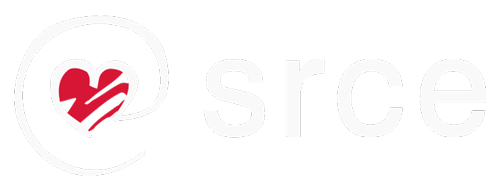- Hrvatski
Course content
Sensors
- Code:
- 18525
- Abbreviation:
- SENZOR
- Higher education institution:
- Faculty of Mechanical Engineering and Naval Architecture
- ECTS credits:
- 5.0
- Load:
- 30(E) + 30(L)
- Issuing teachers:
-
Professor Danijel Pavković, PhD
Assistant Professor Mario Hrgetić, PhD
- Course contractors:
-
Assistant Professor Mario Hrgetić, PhD (E, L)
Professor Danijel Pavković, PhD (E, L)
- Course description:
- Course objectives: Aims: To give students a basic knowledge about the sensors of more relevant physical quantities and familiarising them with their operating principles. To prepare students for selection of sensors appropriate for specific measurement environments, and for understanding of catalogue data. Enrolment requirements and required entry competences for the course: Previously attended any course belonging to the "Electrical Engineering"group, such as: "Electrical engineering" "Electronics" "Electrical engineering and electrical machines" Student responsibilities: Teaching activities consist of lectures and auditory and laboratory exercises, wherein student attendance is regularly checked. A minimum attendance rate of 70% is strictly enforced. Absence from laboratory exercises needs to be notified in advance. The missing laboratory time can be redeemed either through oral examination or by offering to attend the laboratory exercise with another teaching group. Unethical behavior during preparation of the written assignment (equivalent to written exam) is not tolerated. Grading and evaluation of student work over the course of instruction and at a final exam: Successful completion of written assignment is equivalent to a successful written exam. Maximum proportions of individual exam components: Written assignment 50% Oral exam 50% Grading system: 5 87% or more, 4 76% to 87%, 3 65% to 76%, 2 50% 65%, 1 below 49% Methods of monitoring quality that ensure acquisition of exit competences: At the beginning of each lecture or exercise, a brief recapitulation of previously presented subject matter is performed (up to 5 minutes). During the lectures/excercise interactive teaching process is established. Afterwards, students are pointed towards further broadening the subject matter via appropriate literature. The subject matter for the next lecture/exercise is announced and additional teaching materials are offered. Consultations, either in person or via email correspondence, are also encouraged. During the semester, students are given the opportunity to actively participate in practical laboratory exercises which further illustrate the subject matter presented at lectures and auditory exercises. Interaction with students is important for teaching process evaluation. Upon successful completion of the course, students will be able to (learning outcomes): analyze the stationary and dynamic behavior of sensors, transducers and measurement chains envision the process of calibration of transducer system plan the measurement system noise suppression measures select appropriate sensor systems for control and diagnostics of mechatronic and robotics systems plan the measurement implementation in industrial envirnoment validate the performance of different sensor systems Lectures 1. Basics of measurement technology, units, errors, measuring uncertainity 2. Measuring methods, transducers, calibration, signal processing 3. Sensor, stationary and dynamic properties, sensor as a source of information 4. Overview according to measured physical quantities, sensor structures, conversion principles, output signals, area of application, intelligence level 5. Physical principles: resistive, inductive, capacitive 6. Physical principles: piezoelectric, ultrasonic, optical 7. Sensors of force, pressure, flow, stress, deformation, position, displacement, angle, velocity and acceleration 8. Sensors of temperature, magnetic, acustical and optical quantities, radiation sensors 9. Strain gauges and application 10. Proximity switch, types and characteristics 11. Sensor production technologies, micromechanical sensors 12. Sensors in robotic 13. Electrical interfaces of sensors, disturbance rejection 14. Criteria for sensor selection, restrictions 15. Sensor standards, integration of sensors in control system, signal protocols Exercises 1. Direct and comparation methods, demonstration of possibilities 2. Elaboration and estimation of measuring errors on an example of deformation measurement 3. Application of Wheatstone bridge in sensorics 4. Stress measurement with strain gauges 5. Temperature measurement with integrated temperature sensors 6. Inductive proximity switch, testing of characteristics 7. Capacitive sensors, verifying of characteristics 8. I. preliminary exam 9. Optical proximity switch, testing of characteristics 10. Application demonstration of ultrasound sensors 11. Measurement the angular displacement and rotational speed by means of incremental encoder 12. Vibration measurement with integrated vibration sensor 13. Testing of an absolute encoder 14. Testing of LVDT 15. II. preliminary exam Distribution of individual final assignments
- Course languages:
-
Hrvatski
- Mandatory literature:
-
1. Popović, M.: Senzori i mjerenja, Svjetlost, Sarajevo, 1992.
2. Novaković, B.: "Metode vođenja tehničkih sustava", Školska knjiga, Zagreb 1990.
3. Priručnici, katalozi i prospekti raznih proizvođača senzora, norme
- Recommended literature:
-
4. Božičević, J.: "Temelji automatike 2 - mjerni pretvornici i mjerenje", Školska knjiga, Zagreb, 1991.
5. Bego, V.: "Mjerenja u elektrotehnici", Školska knjiga, Zagreb,
6. Fraden, J.: "Handbook of Modern Sensors: Physics, Designs, and Applications", American Institute of Physics, 2001.
- Completion prerequisites:
Electrical Engineering (passed)
- Course in study programme:
-
Code Name of study Level of study Semester Required/Elective 23 Mechatronics and Robotics undergraduate 6 required * the course is not taught in that semester
Legend
- E - Exercises
- L - Lectures

